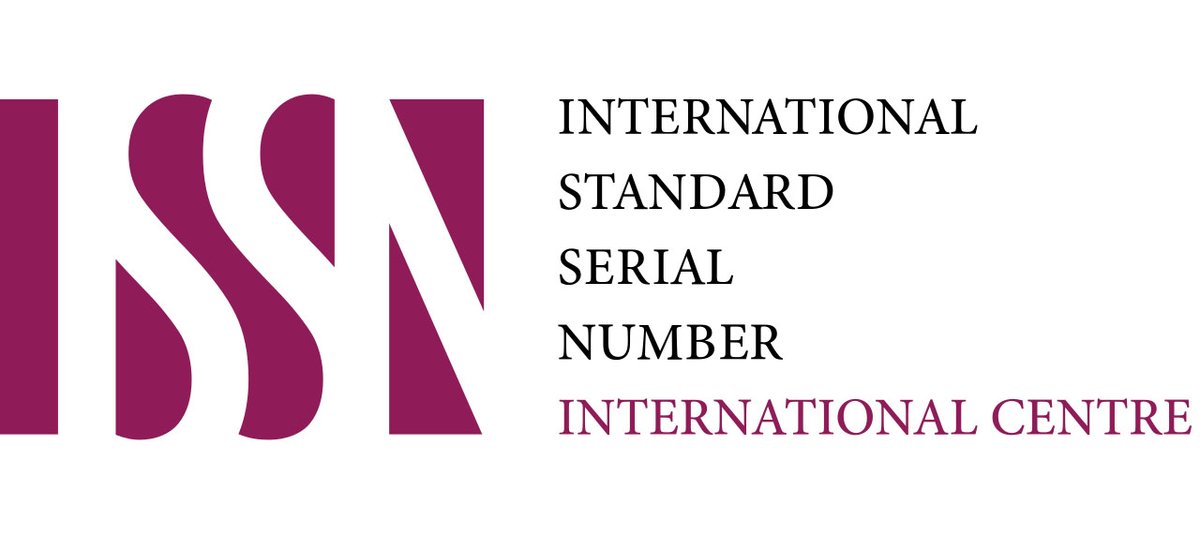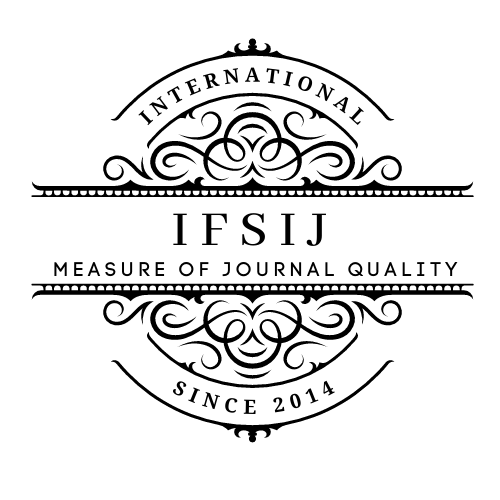IDENTIFYING THE BENEFITS OF VARICOSE VEIN TREATMENT PRODUCTS
Keywords:
Compression therapy, varicose veins, knitted medical textiles, elastic bandages, compression classes, biomechanics, material propertiesAbstract
Varicose veins are a widespread medical condition requiring effective management, with compression therapy being the cornerstone of conservative treatment. The efficacy of this therapy is directly dependent on the physical and mechanical properties of the compression garments used. This paper aims to systematically identify and analyze the benefits of various compression therapy products by reviewing existing literature and evaluating key performance indicators such as compression class, material composition, elasticity, and durability. A systematic analysis of recent international scientific literature (15-20 sources) was conducted. The properties of knitted fabrics, including cyclic tensile behavior, elastic and permanent deformation, were evaluated based on published experimental data. The analysis confirmed that compression products are categorized into four classes based on pressure exerted (10-14 mmHg to >49 mmHg). Polyamide fabrics with high linear density offer superior mechanical behavior but lower elasticity. Elastic bandages are classified by elongation (short, medium, high), which determines their therapeutic compression range and the difference between working and resting pressure. Medical compression garments are a highly effective, non-invasive treatment for varicose veins. Their benefits are maximized when the product's compression class, material properties (e.g., high cotton content for skin comfort, elastane for elasticity), and design are carefully selected to match the patient's specific pathology and biomechanical needs. Future development should focus on smart textiles and enhanced comfort for long-term wear.
Downloads
Published
Issue
Section
License

This work is licensed under a Creative Commons Attribution-NonCommercial-NoDerivatives 4.0 International License.















